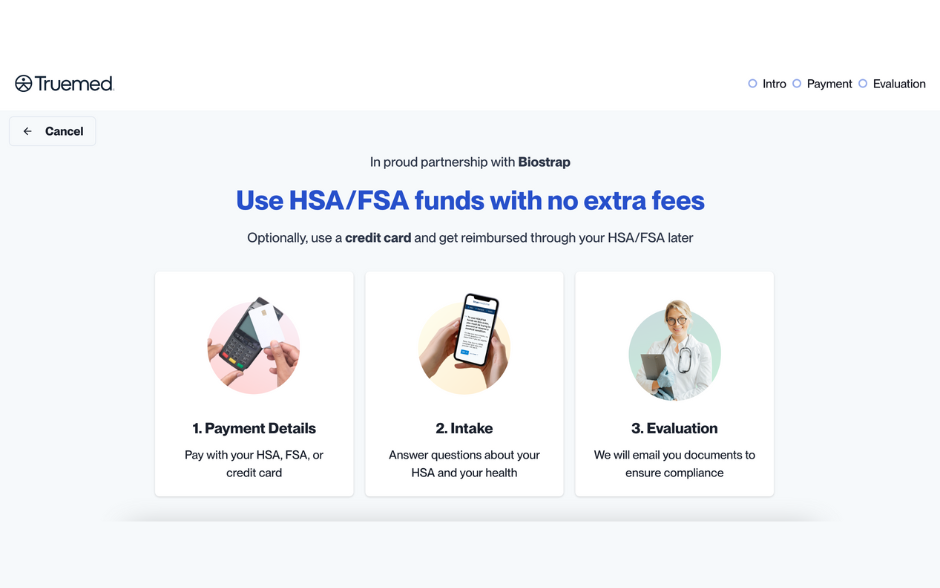It seems that each week there is new technology being released that allows individuals to access even more data related to their fitness.
From watches that track your movement based on satellite positioning, to cell phones that are able to read a person’s heart rate just by the touch of a finger, there is no piece of information that goes unturned. Finding a fitness tracker isn’t the problem, sometimes the hard part is determining what readings are beneficial are which are not. Helping to narrow in on biometrics that are conducive to your specific fitness goals can help save not only money, but the headache of figuring out the functions of your tracker. One of the more up and coming fitness tracking devices are Pulse Oximeters. This relatively new (to the fitness/health sector) fitness trackers brings up these similar types of questions: what are Pulse Oximeters, and is this something that will help increase my fitness, or bring me closer to attaining my fitness goals?
SpO2
By definition, SpO2 is a measurement of the peripheral capillary oxygen saturation. Peripheral is pertaining to our bodies veins and arteries. This measurement is an estimate of the amount of oxygen in our blood expressed as a percentage of the amount of oxygenated hemoglobin to total hemoglobin. Hemoglobin is the protein that carries oxygen in the blood. Most people have heard of hemoglobin in relation to the blood disorder, anemia.
Effects of Low Oxygen Saturation:
When you body’s oxygen saturation percentage dips below 95%, you will begin to experience the effects of hypoxemia. Hypoxemia means that there is a low amount of oxygen in the blood; this leads to hypoxia, or low oxygen in the tissues. These conditions can lead to a person experiencing shortness of breath, headaches, fainting, and even confusion.
How SpO2 is Measured:
Pulse Oximetry is used to measure the blood’s oxygen saturation. This technique of measurement is a non-invasive calculation of the peripheral oxygen saturation. This technique also provides a measure of the individual’s cardio-respiratory function. Pulse Oximetry used to be used in only clinical practice for patients. Now biometric tracking devices are using it with a target audience of the fitness and sports performance populations. Pulse oximeters are useful in the hospital setting, but who really benefits from them in fitness applications?
Applications of Pulse Oximetry Measurement in Fitness:
While Pulse Oximetry may not have many applications in the general fitness population, it can have useful application in sport specific situations. These types of situations include when people are working out at levels hovering below, at, or above their VO2 max. Measuring your SpO2 can be beneficial during these specific workouts to show athletes and their coaches a specific work rate an athlete can sustain before their bodies begin to require more oxygen than is being produced. When individuals are able to look back at their data after a workout, they will be able to see the trend lines of their oxygen saturation percentage dropping. When the oxygen percentage begins to show a declining trend, this means that you are working above your body’s limit.
How can this be applicable? When knowing your body’s’ limits, you can tailor workouts to increasing your body’s VO2 Max by “pushing” your own limits.
For example, a cyclist could ride multiple two minute intervals increasing their power until they hit a point when their oxygen saturation begins to drop. This application does not only apply to cyclists alone, but many different disciplines of sport across the board that require an athlete to hit high, sustainable limits for a certain length of time; runners, cross country skiing, and swimmers are a few examples.
Another application for using pulse oximetry can be in high altitude events. People who partake in high altitude climbing can use SpO2 biometrics to help track their bodies limits and oxygen levels. A climber can use this measurement to also help them moderate their effort levels during an ascent. If they saw that during a certain part of their effort, ie: increasing altitude, that the oxygen percentage is decreasing; they could determine if that specific workload was in a sustainable range. If their O2 saturation levels were decreasing this can help them to reevaluate their effort. It may mean decreasing their rate of ascension or that continuing the climb may not be in the best interest of their body’s health.
Data is constantly evolving in the fitness industry and the ability to produce marginal improvements is constantly being tested. The fairly new market of Pulse Oximeters for gathering fitness data is just one of the many new products to be introduced. There are clinical and sport specific applications where it’s information proves beneficial. Determining if you are part of this population of individuals can help you determine if investing in the measurement of your oxygen saturation is necessary.



